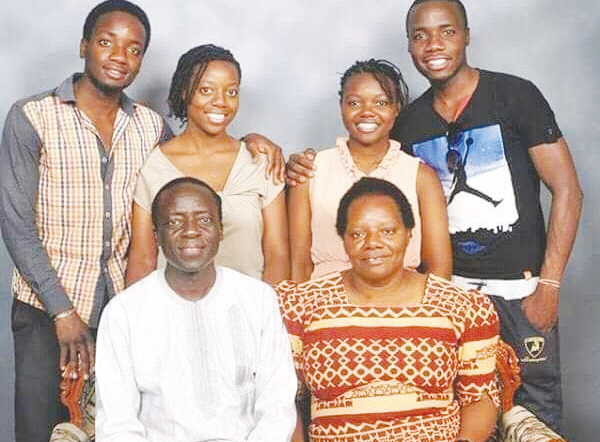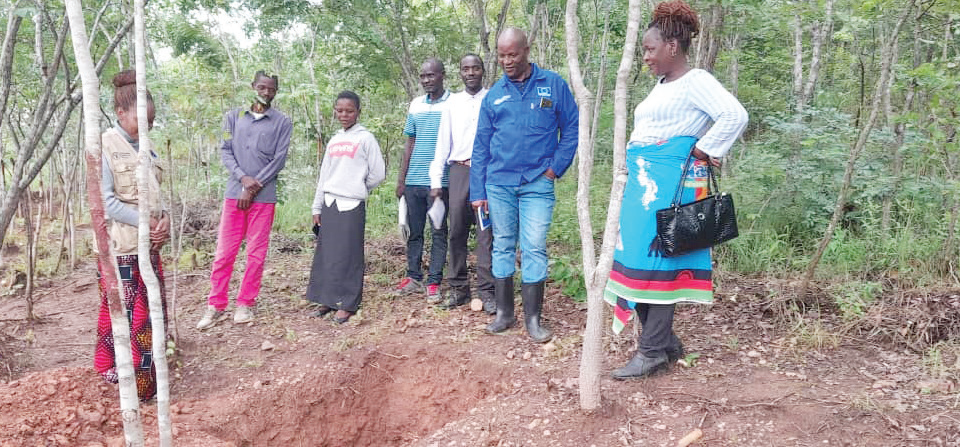Death by lightning
Lightning kills. But in most of the country’s rural communities, death by lightning is believed to be a product of witchcraft not nature. In this three-part series, EPHRAIM NYONDO looks at Malawi’s deep-rooted witchcraft problem that is creating mistrust among communities and at times, costing lives.
The story, it seemed, was over.
In the thicket of a rainy season, lightning struck Chimbalanga Village in Neno District, tragically killing 17-year-old Flora Kanjete, a mother of two.
But, unlike most deaths that end with burial of the deceased, Flora’s death turned tragic.
Flora’s mother, not able to bear the loss of her daughter, blamed her four elderly relatives of “sending the lightning which killed her daughter”.
A day later, the village beat up the four-cursing them under the watchful eye of even young ones.
The four cry out in pain, but the villagers have no mercy until, one by one, take their last breath.
That was the tragic end to the lives of Eliza Kanjete, 86, Elenafa Kanjete, 76, Byson Kanjete, 73 and Idesi Kanjete, 69-the four elderly people accused of killing Flora by ‘sending lightning through witchcraft’.
But what is in lightning that kills?
Traditional doctor Mazikowa Dziko from Chisitu in Mulanje says “lightning is a powerful and trusted charm used by witches to strike their targets to death”.
“It is fast and trusted. It does not miss,” he adds.
However, while confirming that lightning indeed kills, scientists dismiss that lightning is a charm.
Elina Kululanga, weather expert at the Department of Climate Change and Meteorological Services, says lightning is @the occurrence of a natural electrical discharge of very short duration and high voltage between a cloud and the ground or within a cloud, accompanied by a bright flash and typically also thunder”.
“The reason they kill or destroy is because with the increase in electrical charge, a human or a tree, or anything with a height, becomes a conductor. This is so because some have high potential of electrons,” she says.
Unfortunately, Kululanga’s explanation, though backed by scientific evidence, cannot be trusted by most people in Malawi. There is strong belief-especially in the rural areas where 85 percent of the population lives-that witchcraft is responsible for all deaths by lightning.
In fact, the belief in witchcraft-which sociologists define as ‘practice’ or ‘ability’ to harm someone through the use of magical or mystical powers-permeates all sectors of the country.
Research shows that most Malawians, regardless of age, education or social position, hold the belief in witchcraft and that witches are real.
In a 2008 study by the National Statistical Office (NSO), 76 percent of sampled Malawian households said they know of witches in their community, 62 percent said they know someone accused of witchcraft, 36 percent reported that they have a member who experienced bad things due to witchcraft, and 28 percent said they had taken steps to protect themselves against witchcraft.
But it is not just in Malawi. The figures are strikingly similar across Africa and beyond. In fact, history shows that belief in witchcraft was quite endemic in Europe, especially, between 13th and 17th century.
For instance, during the16th Century, outbreaks of witchcraft hysteria, with subsequent mass executions, began to appear in Europe.
Information sourced from www.witchesandwitchcraft. shows that in 1515, authorities in Geneva, Switzerland, burned 500 accused witches at the stake; in 1526, in Como, Italy, a spreading spiral of witchcraft charges led to as many as 1000 executions and witch hysteria swept France in 1571 after claims were made of over 100 000 witches roaming the country.
The website further shows that Germany saw Europe’s greatest execution rates of witches, higher than those in the rest of the continent combined. Over the 160 years from 1500 to 1660, an estimated 50 000-80 000 suspected witches were executed [about 80 percent of them women], including about 26 000 in Germany and about 10 000 in France.
It adds that James VI of Scotland began to take witchcraft seriously in 1591 and authorised the use of torture on suspected witches. Dozens of condemned witches in the North Berwick area were burned at the stake in what would be one of the first and largest witch-hunts in British history.
England, it further shows, executed significantly less than 1 000 during the main period of the witch craze, and Ireland just 4, due in part to better procedural safeguards for defendants in those countries.
However, continues the website, many more were tried and condemned in Scotland [one estimate giving as many as 4 400 executions overall), which followed the continental, inquisitorial model. At one point in Scotland, underlines the website, it was not even considered necessary to obtain a confession before conviction and execution, a general reputation as a witch being sufficient proof for an indictment and conviction.
However, though history shows that Europe’s brutality to those suspected of practising witchcraft was drastically reduced, especially with the coming of enlightenment and the industrial revolution in the late 17th century, in Africa, especially Malawi, the brutalities, evidenced by the Neno case prove there is still a long way to go before the country reaches enlightenment on this issue.
Just as in the Europe of old, elderly people, especially women, are the ones mostly accused of practising witchcraft. But why is this the case?





